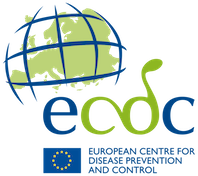HIV and migrants: Monitoring implementation of the Dublin Declaration on partnership to fight HIV/AIDS in Europe and Central Asia (2018 progress report)
Migrants are a key population affected by HIV across Europe. While most migrants are HIV negative, a minority of migrant communities may be more vulnerable to HIV due to a higher prevalence in their countries of origin and to sexual mixing within communities of higher prevalence following migration. Migrants, and especially undocumented migrants who are living with HIV, experience stigmas related to their HIV and migration status, as well as racial and broader cultural discrimination. While these prejudices may not be consistent across Europe and Central Asia, in general they set the context for decisions about availability of and access to treatment and prevention services for migrants.
The aim of this report is to assess the situation for migrants at risk of or living with HIV, and to identify the efforts that are being made across the Region regarding HIV prevention among migrants.
Download
Read more on the ECDC website
Surveillance and updates for HIV and AIDS
On this page you will find annual reports on HIV/AIDS and reports on the implementation of the Dublin Declaration.
All updates on HIV and migrants
More on the topic
Prevention and treatment for HIV infection and AIDS
Information on prevention, testing and treatment for HIV infection and AIDS.





